Choose Pace® For Soil Vapor Sampling And Vapor Intrusion Testing
Pace® provides a complete range of media options to collect the appropriate soil gas samples. Whether your project calls for sub-slab samples, near-slab samples, deep soil gas samples, or a combination thereof, Pace® has you covered. Toxic soil gases that migrate through the subsurface and into the living spaces of structures above ground can also be confirmed via vapor intrusion testing of indoor air.
For over three decades, Pace® has offered a comprehensive combination of vapor intrusion delineation tools, soil vapor sampling equipment, and analytical capabilities that enable our clients to meet project and regulatory targets.
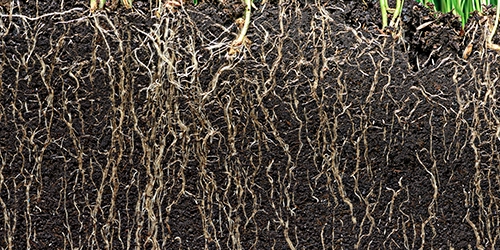
What Is Soil Gas?
Soil is comprised of small particles of sand, clay, and organic material. These particles have small spaces between them, which fill up with water (groundwater), air, and vapors. Soil gas refers to the vapors in the air pockets between soil particles.
How Is Soil Gas Sampling Done?
The most common method for testing soil gas uses a hollow metal rod inserted into the soil. To measure the soil gas beneath a building, holes are drilled into the basement floor, and a rod is pushed into the soil underneath. The soil gas is drawn through the hollow rod into a sampling container or canister. While most vapor intrusion sampling restricts the flow to 200cc/min or less, some projects require the site to match sampling times with indoor air sampling using much lower flow rates. Once the sample is collected, the container is sent to a Pace® air testing laboratory for analysis.
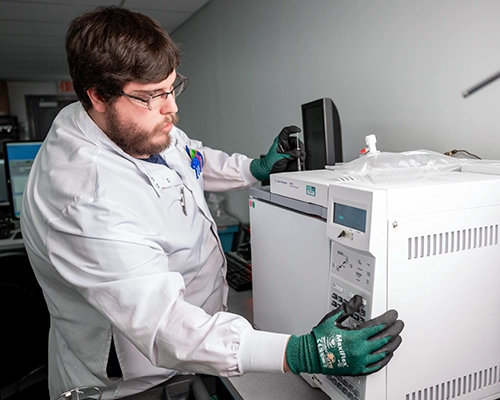
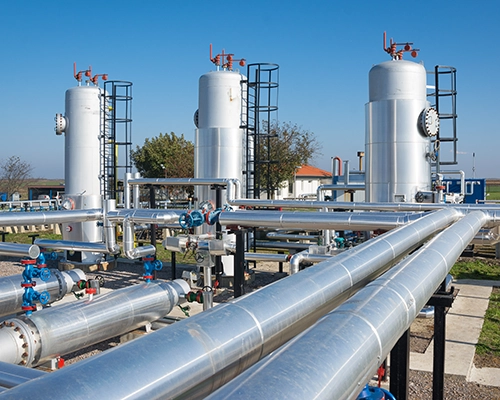
What Contaminants Are Found In Soil Gas?
Any contaminant that volatilizes can produce soil gas. Of particular concern are volatile organic compounds (VOCs), a group of chemicals found in petroleum products such as gasoline, home heating oil, the chemicals used for dry cleaning, and those used in many industrial processes. VOCs found in soil gas are usually the result of spills or leaks to nearby soil or groundwater.
What Is Vapor Intrusion?
Vapor Intrusion occurs when vapors trapped in the soil beneath a building rise to the surface and enter the structure through cracks in the foundation, floors, and walls. These vapors may originate from chemicals that enter the ground as a liquid but then evaporate. They may also originate from natural underground sources.
The risk of vapor intrusion increases during the cooling and heating seasons when HVAC systems generate negative pressure, drawing soil vapor into the structure. Regardless of the source, vapor accumulation inside a building can lead to indoor air that is hazardous to human health.
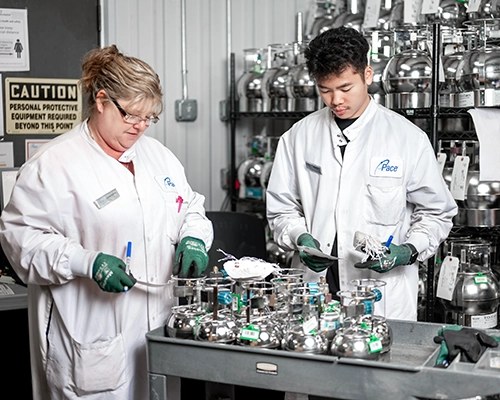
What You Need To Know, That You Don't Know About TO-15
Regulatory Guidance For Vapor Intrusion
Vapor intrusion presents extraordinary risks to human health, and several federal and state programs are used to protect public health.
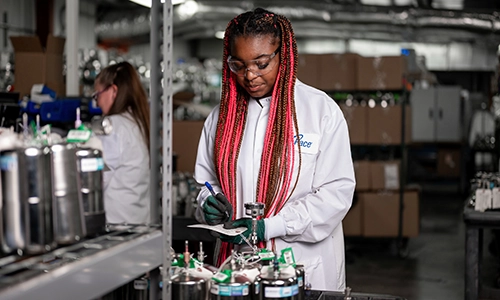
CERCLA, also known as Superfund, gives the U.S. Environmental Protection Agency (EPA) broad authority to respond directly to actual or threatened releases of hazardous substances. The EPA uses the Hazard Ranking System (HRS) to add sites to the NPL (National Priority List).
Until 2017, the HRS ranked sites based on four pathways: groundwater migration (drinking water), surface water migration (drinking water, human food chain, sensitive environments), soil exposure (resident population, nearby population, sensitive environments), and air migration (population, sensitive environments). This system left a gap by omitting sites where subsurface intrusion posed the sole threat. In 2017, the EPA added the subsurface intrusion component to the HRS, ensuring regulatory programs investigate and remediate the threat, even when vapor intrusion is the only exposure route.
To address vapor intrusion, states often rely on their hazardous waste cleanup laws and regulations. While most states have issued guidance for evaluating vapor intrusion, few have specific regulations pertaining to vapor intrusion. However, states like New York and California have taken a proactive approach by passing legislation to regulate vapor intrusion directly.
Who We Serve
Consultants And Agencies
Management/
health & Safety
Industry
Operators
Transfer
Consultants And Agencies
Management/
health & Safety
Industry
The most common sources of soil gas contamination are leaks from underground storage tanks (UST), such as those found at retail gas stations or petroleum storage facilities. Soil gas sampling can detect contamination issues caused by leaks or spills from USTs.
Operators
Transfer
Additional Resources
Need to find a lab that can handle your unique requirements?
Contact us directly or download our list of environmental certifications across our network.
On-Demand Webinar: What You Need to Know, That You Don’t Know About TO-15